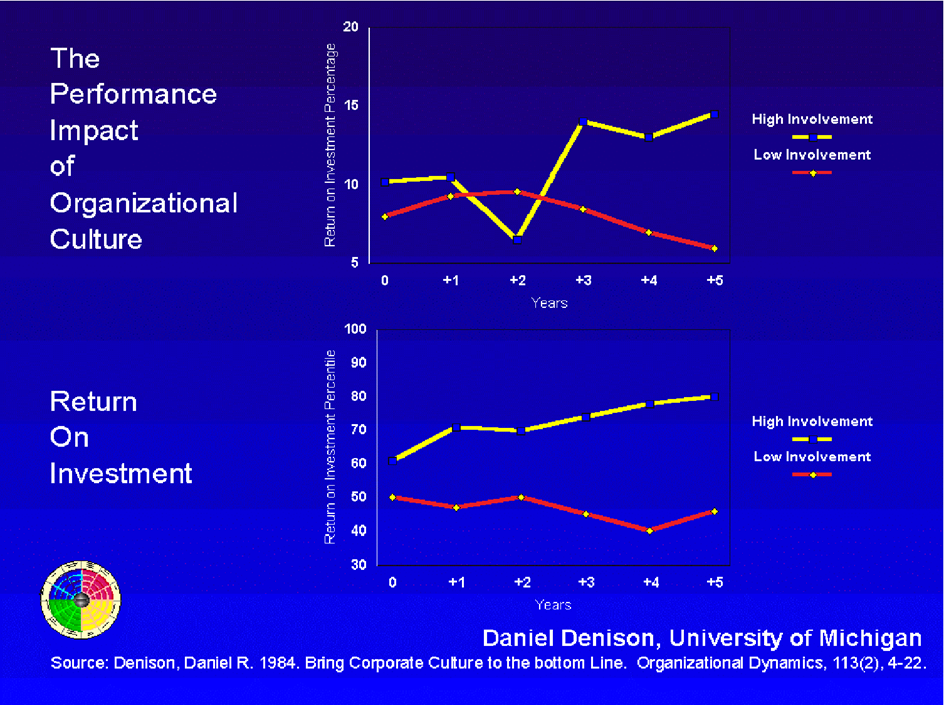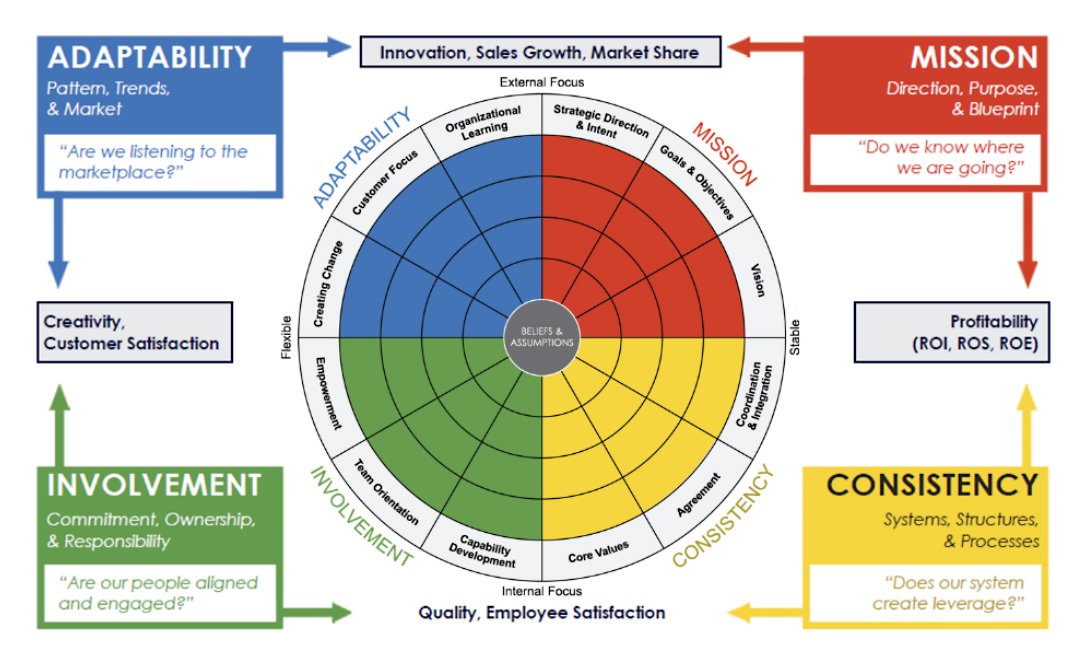BRINING THE BOTTOM LINE BACK TO CULTURE
Part 3: What happens when Leaders find themselves in a crisis that requires more than the traditional neo-cortex, thinking yourself into-the solution approach?
Covid-19 confronts every business with uncharted territory and a never before encountered challenge. This is the first time the ‘hard’ side of running a business has been hit so ‘hard’ that the old school MBA neo-cortex way of thinking yourself out-of-the-crisis/into-the-solution doesn’t work anymore. So now what to do?
Since in Covid-time we don’t yet know what the future might look like, it becomes difficult to describe THE solution or goal. It’s more about being ‘in the moment’ and being able to differentiate, validate and mobilize those things that are of importance in view of ‘how to proceed,’ rather than ‘where to go.’ The former is about being on the move, the latter about destination. As the cat said in Alice in Wonderland; “if you don’t know where you’re going, any road will take you there.”
This is sort of the reverse from that what we were used to. The destination used to define our road i.e. strategy. But what if the destination is yet unclear? How to define a strategy of where you want to go?
That’s why at Denison Consulting we believe and we have 22 years of data that back this up, that COVID-19 might be the time for leaders to turn this around and let the road define the destiny, i.e. ‘bring your bottom line back to company culture.’
What do we mean by this? Since nobody knows what the new normal will look like, or indeed if we want to return to the ‘normal’ at all; the challenge becomes how to build a new strategy for a dot on the horizon, when we don’t even know yet how, by what or when that horizon will be defined.
What if the most important thing is ‘to get moving’ and adapt as quickly as possible whilst the context and environment changes.
How can we do that when everything else seems fluid? What can we rely on and within certain boundaries, predict or make use of? The only thing we do have is our company culture, which is always solid. But as it is solid, in many cases it is tacit at the same time. It depends on how specific our understanding is of the way our cultural mechanisms drive business delivery. If there’s a lack of clear understanding of how culture and the context interact and influence each other, you may miss the necessary clarity to make decisions on where and how to focus whilst your travelling down that road. What’s important? What can be neglected?
As below study shows, there’s a clear correlation between the strength of a company culture and its resilience to recover from crises. Cultures that have high levels of ‘involvement’ are able to bounce back faster and steeper than cultures that don’t. Companies with high levels of involvement have made the tacit knowledge about their culture explicit. I.e. it’s not ‘tacit’ anymore, but they know how their dynamics works and which buttons to push and what to steer free from when the shit has hit the fan.

Companies that have an unclear understanding of how their dynamics work will have more difficulty to align their efforts and will show more cracks when attempting to overcome a crisis, as shown in above chart.
Therefore, at Denison we dug deeper and analysed the drivers behind traits like involvement, empowerment, commitment, engagement, etc. Although some of these drivers are common, the mix of them may vary per company, depending on it’s context or bearing. The thing is, that in order to ‘know’ and understand how a company culture works, it’s not enough to only know the level of involvement, engagement, etc. But in order to be able to influence and boost e.g. involvement, you’d also want to know what are the specific hidden drivers behind it.
These drivers never stand alone but are inter twined. Understanding their intricate balance, clarity and the need for alignment between them is of paramount importance in these turbulent times. High performing organisations balance two fundamental continuums and manage two major dynamic tensions.
The tension between Mission and Involvement – Are our employees aligned to our strategy? (to use the polar bear metaphor: can we find food and boost moral to keep motivated to do so our brown fur grow gradually into a lighter color?).

In Covid-19 time this translates into:
- Developing a new strategy from anticipating what we need to adapt in order to meet the current challenge, (to stick with polar bears – we don’t know which fur colour we will need to grow, because the landscape is changing too fast and is unpredictable). In the ‘old normal’ companies would go about developing strategy by utilising market research and exploring their customer journey.
- Understanding the behaviours that drive involvement and how they correlate to the new mission could be the most important focus to develop a new-normal strategy. This may be the new way to develop strategy; understanding what drives engagement, involvement, commitment, innovation, energy and empowerment. And moreover, discovering what directions it’s naturally headed in.
The tension between Consistency and Adaptability – Are we set up to deliver the promises we make to our customers & indeed our colleagues (to use the polar bear metaphor: can we maintain and guard the most effective seal hunting techniques and grow white fur at the same time).
In Covid-19 time this translates into:
- Once the new target situation is confirmed systems and processes will need to be reviewed to create the intended leverage, in order to accommodate for the new target situation
- Subsequently make intelligent use of unleashing or allowing exactly these forces (as opposed to those not making fur white) to drive your strategy for the new-normal
The critical questions that leaders are challenged to answer right now, are:
- Do you fully understand your current culture and how to best leverage it for maximum impact?
- Where should your focus and attention go right now, and what could be ignored or certainly de-prioritised?
Only once you really understand how your culture works, what drivers it entangles, how these intertwine and what directions they’re geared towards, can you start to manage it rather than it managing you.
We would argue that diagnosing your current state and understanding its synergies and discrepancies across your functions and departments takes a company way beyond the traditional engagement survey. It’s about having a deeper understanding of the beliefs and assumptions held by all employees. Your culture is alive with dynamics that require balancing the ‘hard’ with the ‘soft’ impact performance in an efficient and inspiring way.
We strongly believe the Denison model provides you that edge. The edge you need to tap into you culture in order to help you define how your new-normal bottom line may look like.
Please see below for a real case study from Dreams (bed retail & manufacturing company), it doesn’t have to take too long either.







